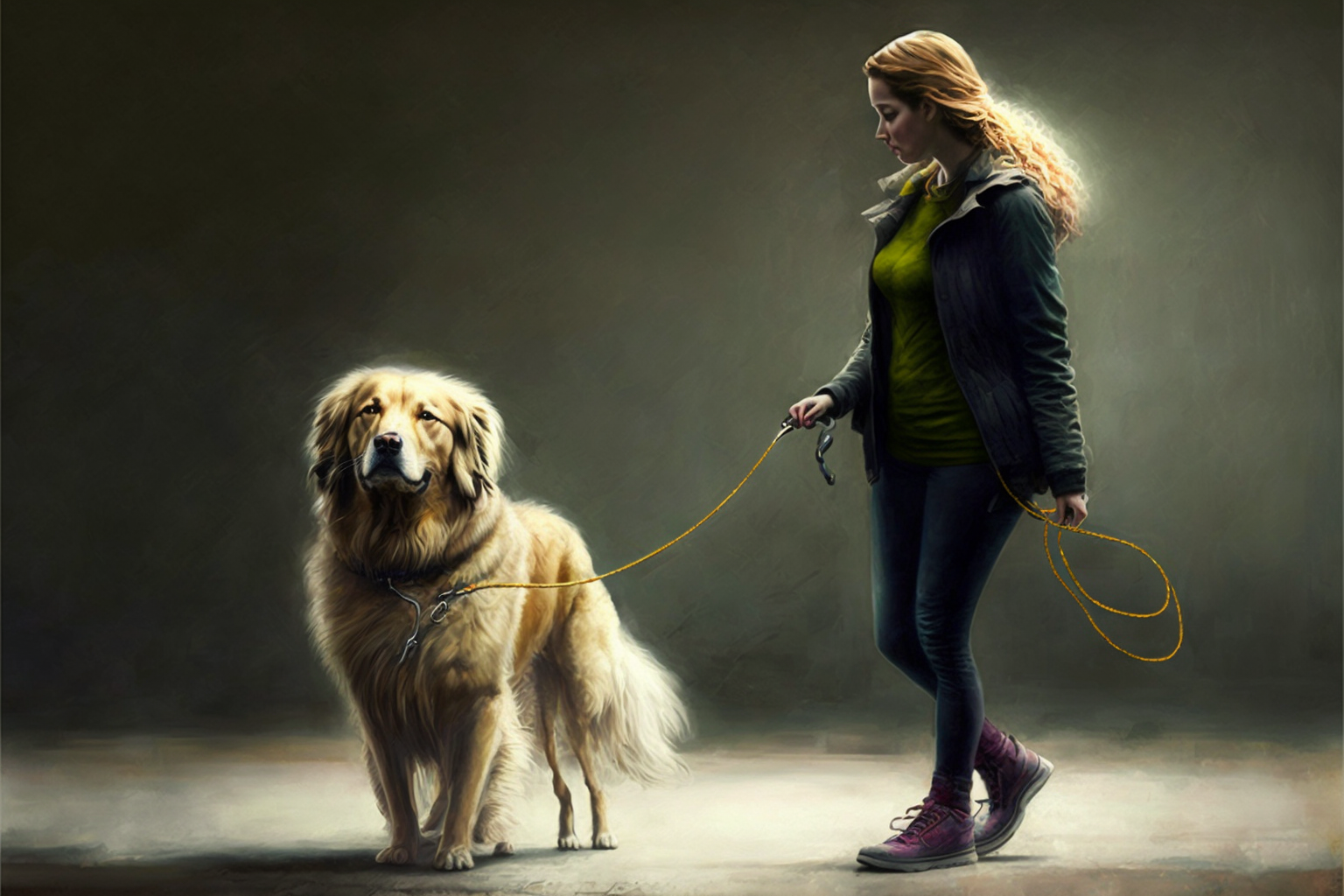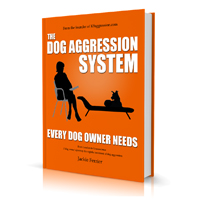We all would prefer that our dog doesn’t pull us, but here are some reasons why training your dog not to pull on a leash – or more accurately – training your dog to walk with a loose leash – is actually important.
1. When dogs pull on the leash, we get frustrated. Continual frustration often leads us to make the problem worse by losing our temper or walking our dogs less. In the case of losing our temper, we are more likely to resort to punishment.
2. Dogs are also more likely to feel frustrated when straining at a leash. And like us, a frustrated dog is a dog experiencing stress. A stressed dog is less able to be accommodating and flexible in social situations. This means he or she will have a tougher time “making friends” with others, or worse, is more likely to behave aggressively. A tight leash makes a dog feel trapped this results in having more difficulty coping with stress, too. This may explain why dogs who are on leash are twice as more likely to threaten dogs than they are if they are off leash.
3. The transition from a loose leash to a tight one during a walk can be a signal telling us that something is going on with our dogs. For example, if your dog is aggressive or fearful, sudden tension on the leash may indicate tension the dog is feeling. Knowing when our dogs are feeling tension is important for us to respond to before any conflict occurs. But if the leash is continually tight, we have one less signal communicating to us how our dog is feeling.

4. We communicate our own tension through a tight leash to our dog. If you are someone who is worried about how your dog will respond to other people or dogs, or how other dogs will respond to you, this tip is for you. When you start to worry, or anticipate a potential problem, you are thinking about the situation. You are not thinking about the leash you are holding. You won’t notice your pulling up tight on the leash. Nor will you notice if your arms or hands are shaking a little. But your dog sure will. And you dog will respond with his or her own worry.
5. Constant pulling can cause physical problems in dogs regardless of your dog’s behavior. If you are used to walking your dog on one side for example, the continual pulling can cause extra stress on the joints on one side. Pulling against a neck collar can also cause injury to trachea, larynx and cervical vertebrae.
These are all excellent reasons to teaching your dog how to walk on a loose leash – for all dogs, but especially for dogs that are stressed, anxious or reactive. But what would be in it for you to train your dog to walk without pulling? A more enjoyable walk? A better relationship with your dog? A sense of pride?
NEXT > This article shows you how to train a dog to walk on a leash with a helpful step-by-step graphic and video. AND these methods don’t use any force or intimidation! Fantastic!


